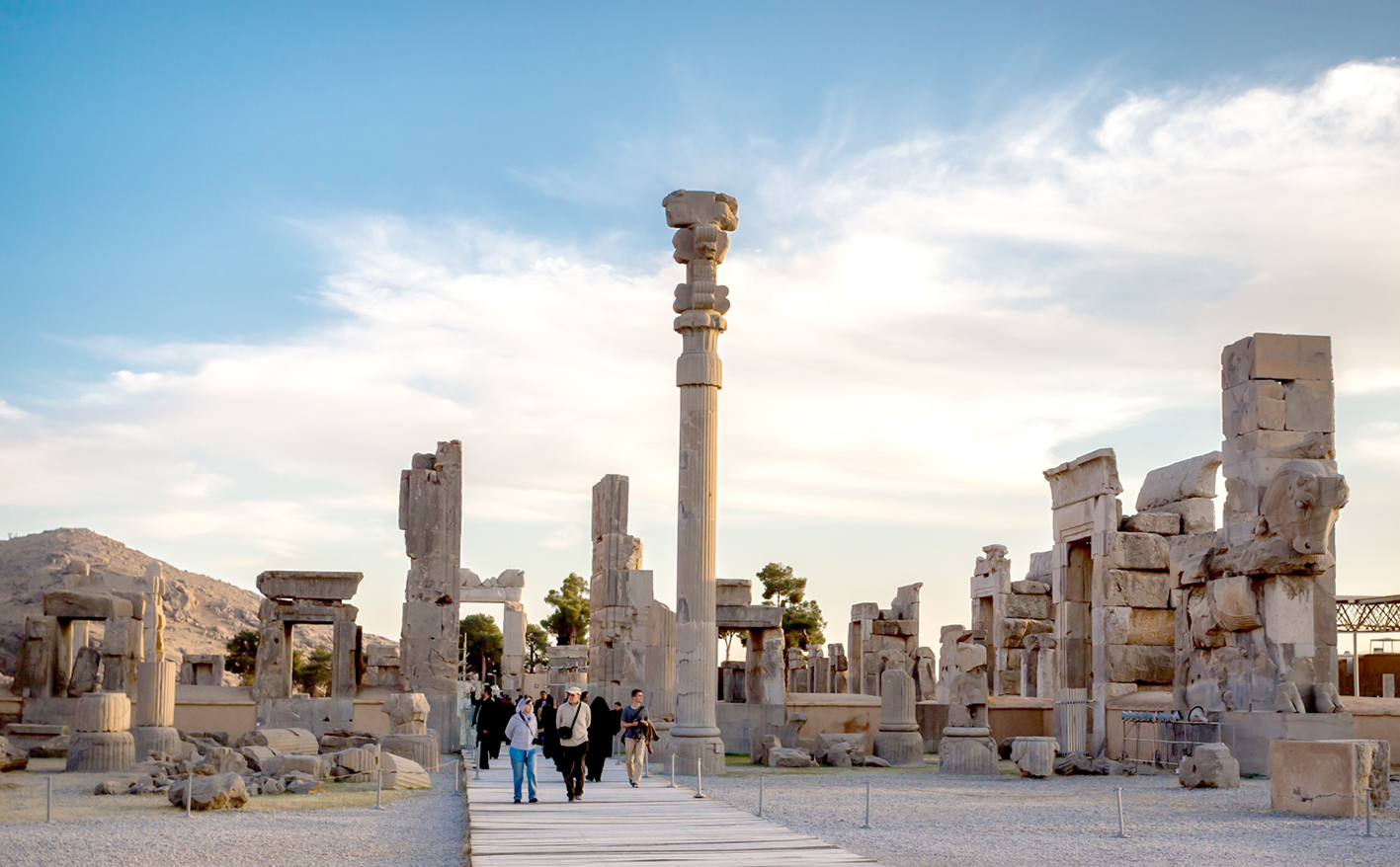Iran’s self-declared tourism goal is to attract 20 million foreign visitors a year by 2025, which could potentially generate $25-30 billion—an objective most observers say is unrealistic and the facts are on their side.
Officials at Iran’s Cultural Heritage, Handicrafts and Tourism Organization say the country’s inbound figures have increased by 12% in each of the past couple of years—three times more than the global average, ISNA reported.
Ardeshir Arouj, a statistician and a former head of the Planning and Statistics Office at ICHHTO, said any growth in the nascent travel industry is a good sign, but the 12% increase in the number of foreign visitors means Iran received just over 6 million tourists in the last Iranian year (March 2015-16), which is below that intended target of 7.5 million.
“When the 20-Year Vision Plan (2005-25) was devised, it was divided into four five-year subsections, with each section accorded its own objectives,” he said.
“Based on the plan, Iran should have received 7.5 million visitors last year, but it only hosted 6.1 million travelers and even that is disputable because the country lacks a uniform system of data collection and analysis, so the reported statistics are usually off.”
Arouj noted that based on the figures, Iran is trailing the objectives by 19%, which is not good.
When the plan was drawn up, the officials targeted a massive growth in the first five years “but the Iran’s massive potential for tourism had not been mobilized”, and the projected growth rate was scaled back in the subsequent years because “it was reasoned that as you get closer to your potential, the rate of growth decreases.”
Sanctions Regime
Iran aims to increase its share of the every-growing global travel market to 1.5%, up from 0.5% last year, but clearly it has its work cut out.
Grueling international sanctions against Tehran took a hefty toll on Iran’s economy and global profile, which was further marred by the western media’s smear campaign that only served to fuel the growing Iranophobia.
The sanctions were finally lifted in January as part of a historic nuclear deal signed last July between Iran and the six major world powers (the US, Britain, Russia, China, France and Germany) that saw Tehran scale back its nuclear program.
The effects of the nuclear accord and the subsequent lifting of the sanctions are slowly being felt in the travel sector. Britain, France and Australia all lowered their travel advisory for Iran shortly after the deal was struck, while foreign hoteliers, led by France’s Accor, have made initiatives to enter the Iranian market.
Furthermore, foreign travel news outlets have frequently run stories about Iran, its attractions and impeccable safety record.
But are these enough to turn the tide in favor of Iran and make up for the years of isolation from the international community that Tehran had to endure during the sanctions regime? We will have to wait and see.


